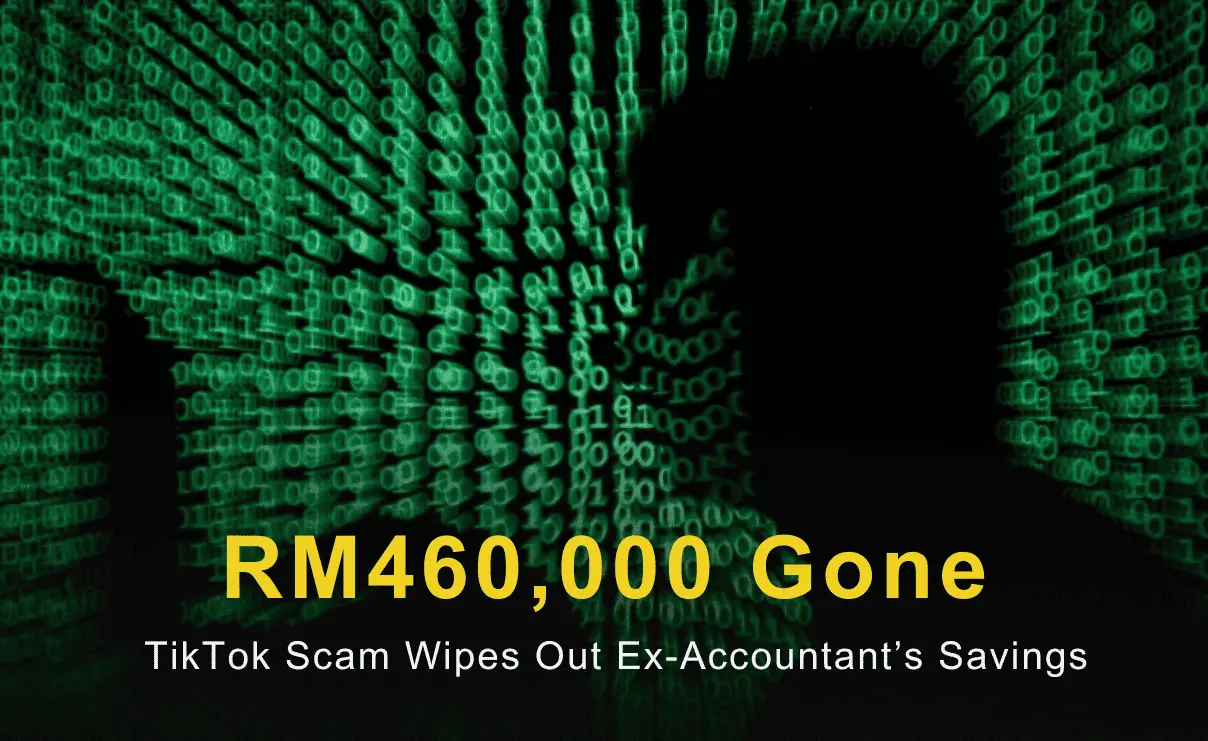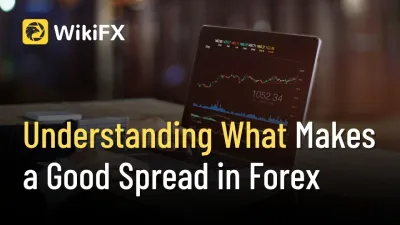Abstract:Unmask phishing clones in forex trading—4 key signs like shady domains and no HTTPS. Arm yourself with verification tools from WikiFX for secure, scam-proof trading.

In the fast-paced battlefield of forex trading, leverage amplifies profits while magnifying risks. Cloned platforms—those fake websites masquerading as well-known brokers—have become scammers' sharpest weapon. They steal your login credentials, funds, or personal information by mimicking authentic interfaces, causing accounts to vanish in an instant. According to FCA and CFTC's 2024-2025 reports, global forex cloning scams have caused over $1.5 billion in losses, with many victims unwittingly funneling funds into black holes. As a trader, spotting these “shadow platforms” at a glance isn't just a skill—it's an instinct for self-preservation. This article dissects 4 core features, combined with practical verification techniques and WikiFX functions, to help you build a firewall for a more stable trading path.
Feature One: Abnormal URL Domains—Similar Yet Deceptive, Break It with One Check
Cloned platforms' first trick is “muddying the waters” with domain designs: they deliberately mimic legitimate brokers' URLs but insert subtle variations, like an extra hyphen, slight spelling tweaks, or suffix swaps (.com to .cc). This traps hasty traders, especially during high-volatility periods like Fed meetings.
Detailed identification steps:
- Hover Check: Before clicking, hover your mouse over the link. Authentic URLs like “https://www.oanda.com”; clones might be “https://oanda-login.com” or “oanda.co” (note .co vs .com).
- Domain Age Query: Use tools like WHOIS or directly search the broker name on WikiFX to view official domains and registration history. Legitimate platforms have domains years old; clones usually just weeks or months.
- Suffix Vigilance: Prioritize .com or .eu; avoid cheap suffixes like .website, .cc, often abused by scammers. WikiFX's broker query function quickly compares official URLs to avoid confusion.
Real Case: In 2025, WikiFX exposed fake broker “Ava Trade MT5” (forexealavaup.top), which cloned the well-known broker AvaTrade's domain variant using a .top suffix and odd prefix, leading to victims in 3 scam cases unable to withdraw funds. Through WikiFX's domain verification, traders could have spotted the domain's anomaly and inaccessible website, stopping losses immediately.
Mastering this move makes your “first gate” impregnable—forex markets change in a flash, but domain checks take just 10 seconds.
Feature Two: Missing Security Certificates—No Lock, No Assurance; HTTPS Is Just Talk
Legitimate forex platforms treat security as a lifeline, mandating SSL certificates (HTTPS + lock icon) for encrypted data transmission. Cloned platforms often cut corners, skipping this or faking low-grade certificates, exposing transmission risks and letting hackers easily intercept your trading passwords.
Identification Guide:
- Browser Verification: On access, check the address bar—a green lock icon + “https://” is standard. If it shows “https://” or a “connection not secure” warning, back out immediately.
- Certificate Details Check: Click the lock icon to view the issuer (e.g., Let's Encrypt or DigiCert). Clones often lack valid certificates or have expired/self-signed ones. WikiFX's platform ratings can help confirm a broker's security standards.
- Plugin Assistance: Install browser extensions like HTTPS Everywhere for automatic unsafe site alerts. For forex apps, prioritize official downloads to avoid sideloaded fakes.
Real Case: In early 2025, “24 Forex Market” cloned a well-known broker, promising “guaranteed daily returns,” but its website lacked a valid HTTPS certificate. FCA and ASIC issued multiple warnings; the platform lured hundreds of investors into deposits, totaling over $500,000 in losses, with many falling victim by ignoring the lock icon. Through WikiFX's security check features, these victims could have sidestepped the “sweet trap.”
This feature stands out like a lighthouse—missing security certificates expose the platform's flaws, safeguarding your positions from the browser onward.
Feature Three: Design and Layout Flaws—Counterfeit Traces Everywhere, Details Betray All
Cloners copy interfaces hastily, revealing tells: blurry logos, misaligned buttons, odd grammar in text. These “handmade” marks are absent in pro platforms but become scammers' Achilles' heel, especially in mimicking forex charts and order pages.
Troubleshooting Tips:
- Magnifying Glass Scan: Inspect frame by frame—authentic platforms have smooth K-line charts; clones may show pixelated logos, broken links (e.g., “login” jumps to 404), or mixed-language typos (like “brocker” instead of “broker”).
- Mobile Comparison: Open on phone; legit apps respond swiftly, clones often lag or collapse in layout.
- Source Code Peek: Right-click “View Page Source,” search keywords like “copyright”—clones often paste old code with mismatched dates or redundant junk. WikiFX's user complaint section frequently features screenshot evidence of these design defects.
Real Case: In late 2024, a cloned version of Trade360 resurrected the defunct original broker Trade360 (Crowd Tech Ltd.), using a “.cc” domain and crude dashboard riddled with grammatical errors and broken links. Scammers hawked it via social media, stealing user data and inflicting collective $300,000 losses on Australian investors. ASIC probes pinpointed design flaws as the top giveaway, with many victims catching it early via WikiFX's visual comparison tools.
Savor the design, and you'll be as sharp as a detective—forex trading demands keen eyes, and so does spotting fake platforms.
Feature Four: False Regulatory Information—No License, Empty Promises; Verification Reveals the Truth
Forex cloned platforms' ace is forged regulatory endorsements: claiming FCA, CySEC, or ASIC authorization without real details or FRN (Firm Reference Number). This lulls you into “safe” deposits, straight into the scam abyss.
Verification Path:
- Official Cross-Check: Enter the claimed FRN into FCA Register (fca.org.uk) or NFA BASIC (nfa.futures.org). No record? Definitely fake. WikiFX's regulatory query tool verifies global licenses in one click.
- Address & Contact Audit: Map-search physical addresses—if fictional or remote warehouses, alarms blare. Call customer service—clones often go unanswered or sound scripted. WikiFX offers broker address validation services.
- Third-Party Alerts: Check WikiFX's user feedback and blacklists to dodge high-risk platforms.
Real Case: In February 2025, New Zealand's FMA exposed a “network of fake online investment platforms,” cloning multiple brokers and falsely claiming ASIC regulation, resulting in over $2 million in losses for Asia-Pacific traders. The platforms had no valid FRNs, addresses led to shell companies, and user feedback brimmed with “withdrawal failure” gripes. WikiFX's community reports hastened the reveal.
One check on regulatory authenticity, and your funds gain wings—forex compliance is no ornament; it's ironclad law.
Conclusion: Stay Alert to Clones, Trade Evergreen
Forex markets thrill with opportunities, but cloned platforms' shadows lurk close. With these 4 key features—URL anomalies, security gaps, design flaws, and false regulations—you hold the “X-ray vision.” Act now: Next login, spare 30 seconds to verify, leveraging WikiFX's query and feedback tools. Security forges masters; only then does trading endure.








